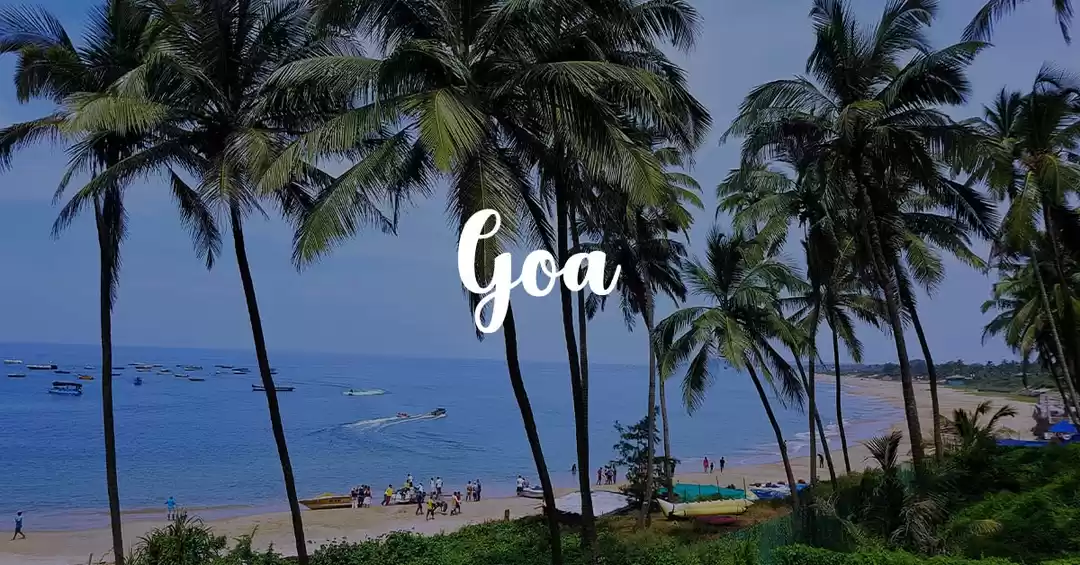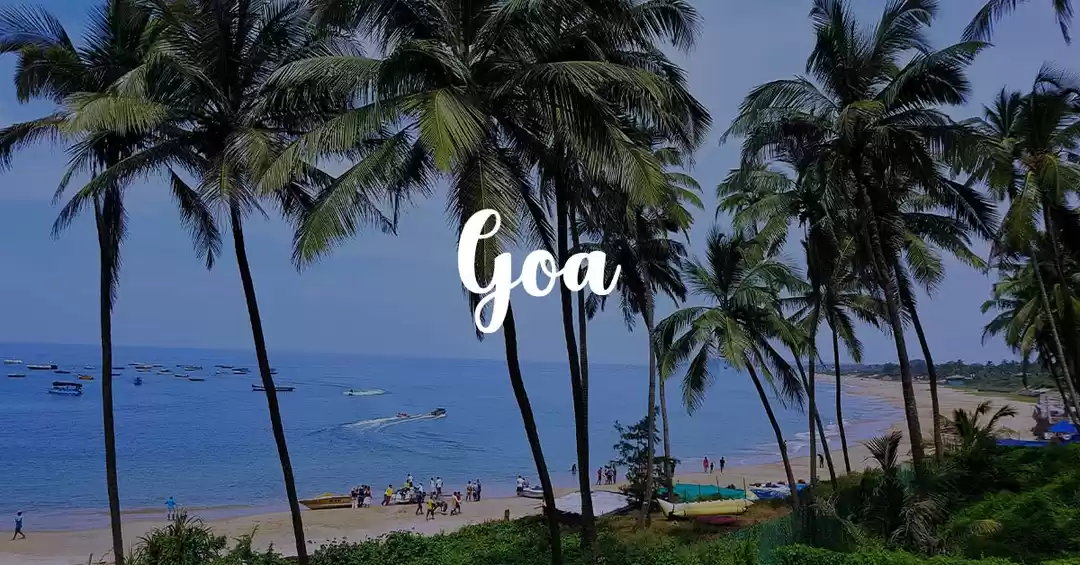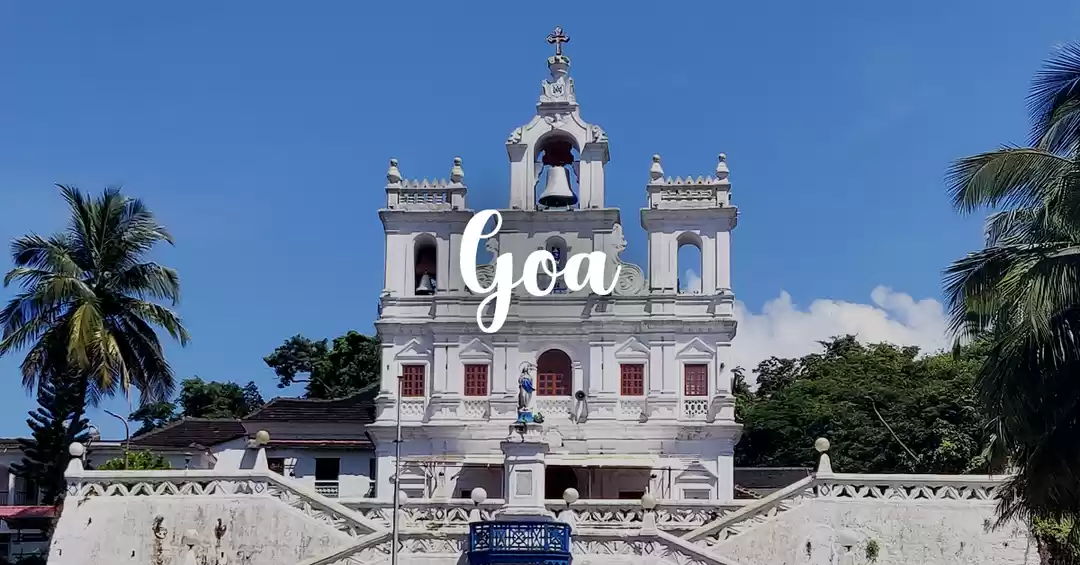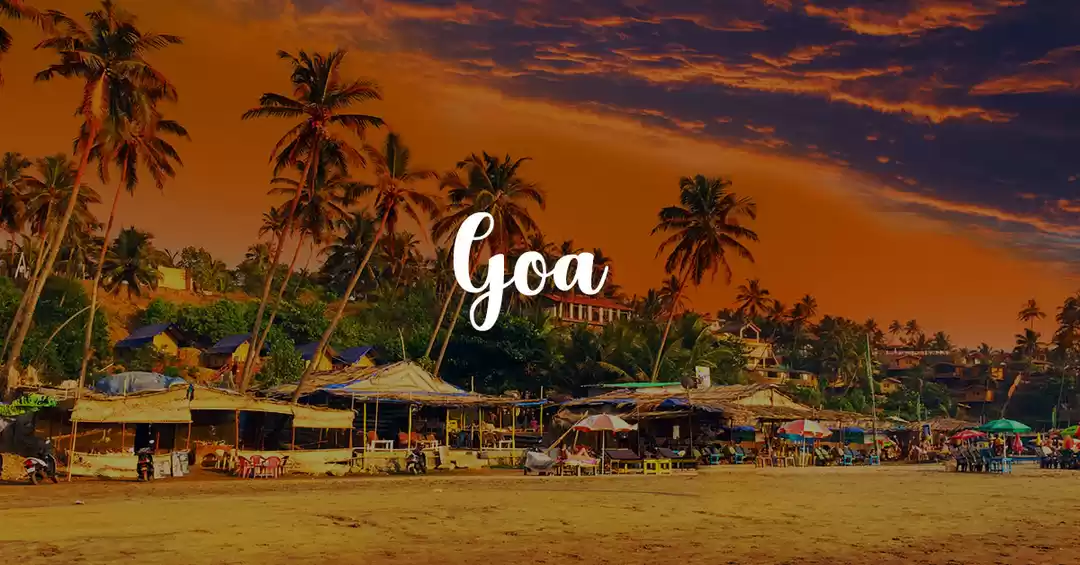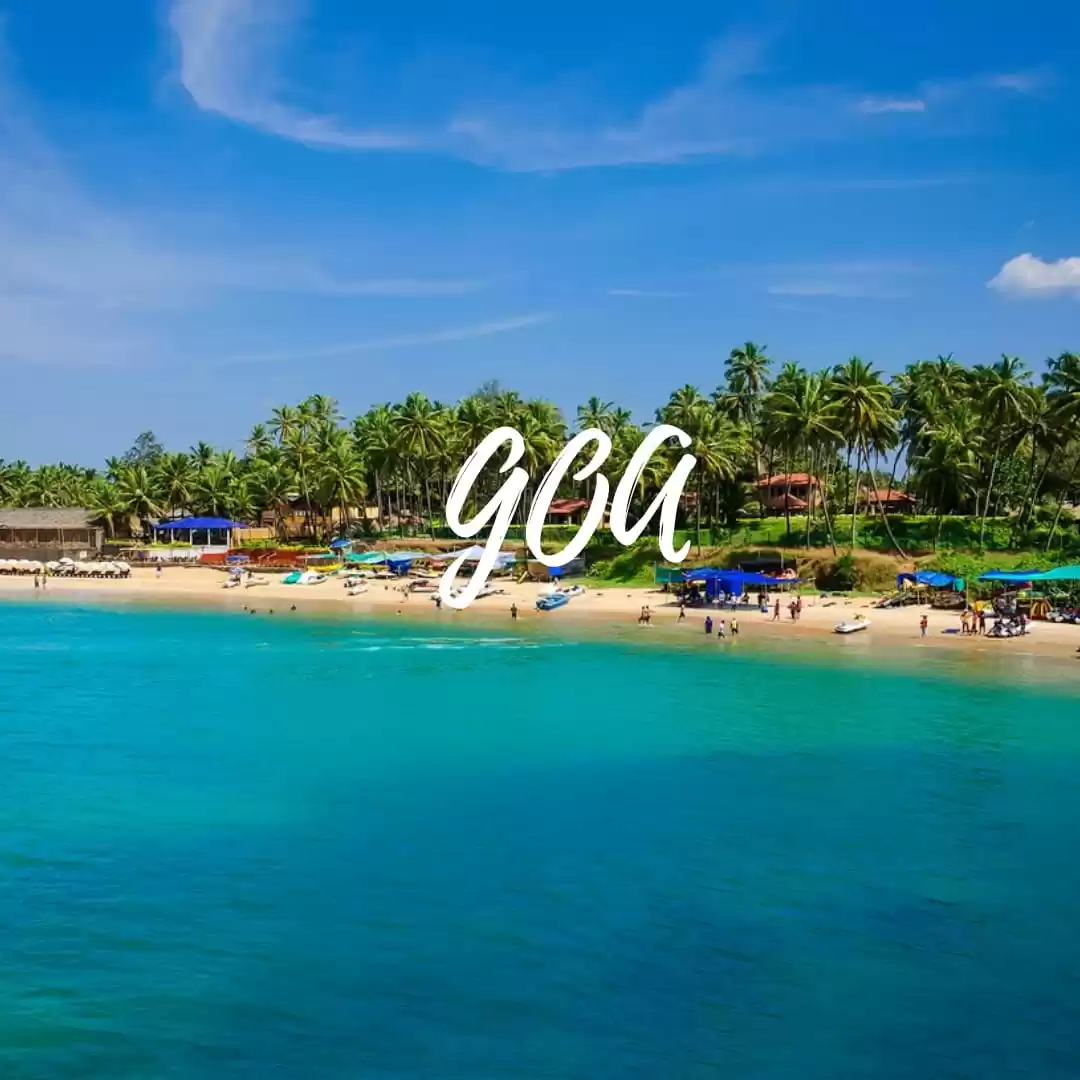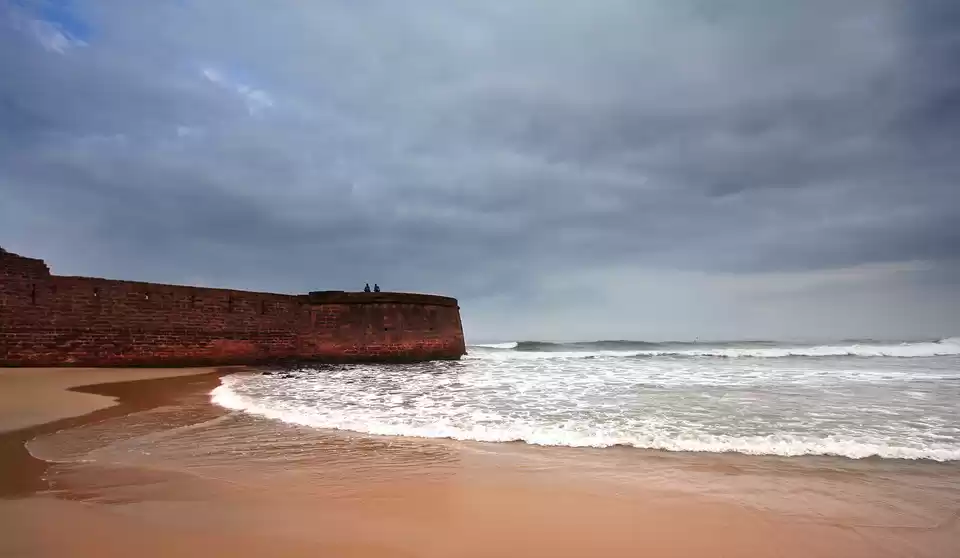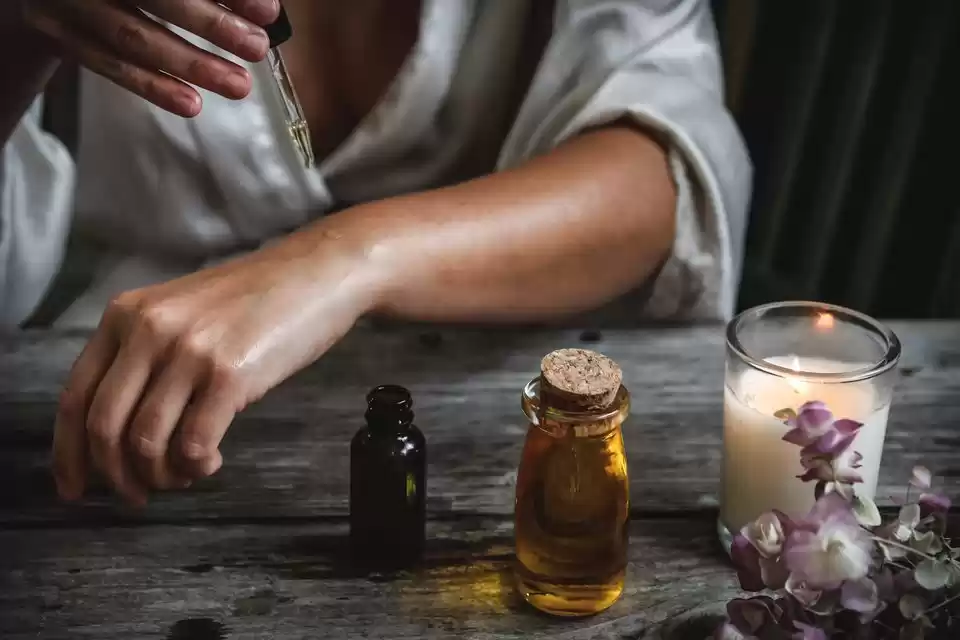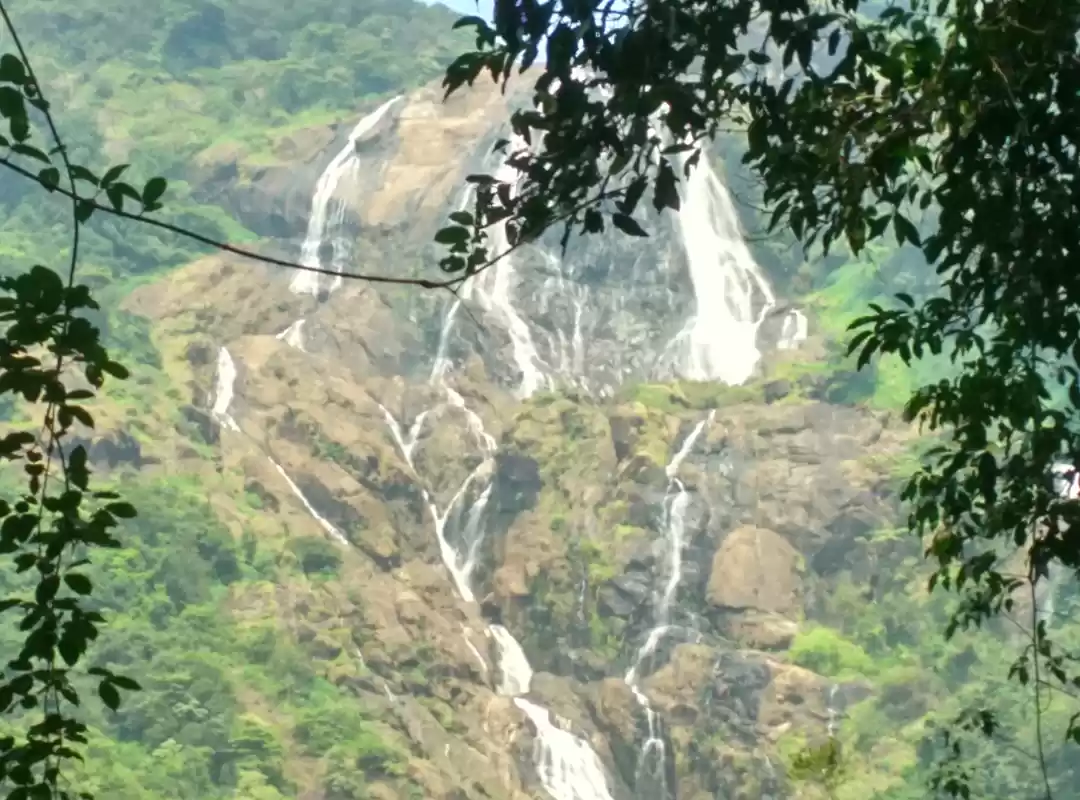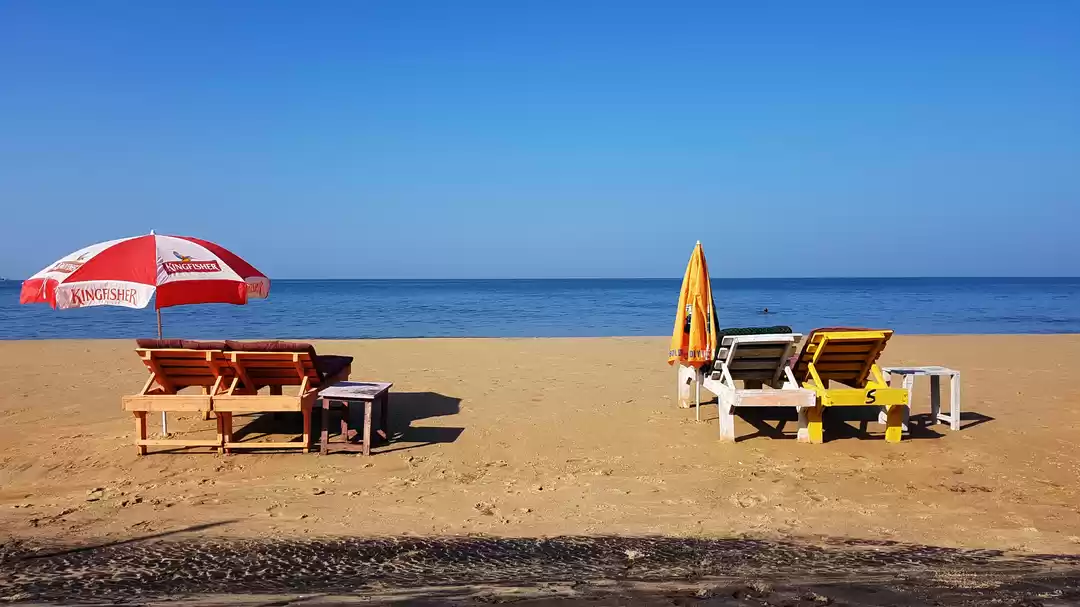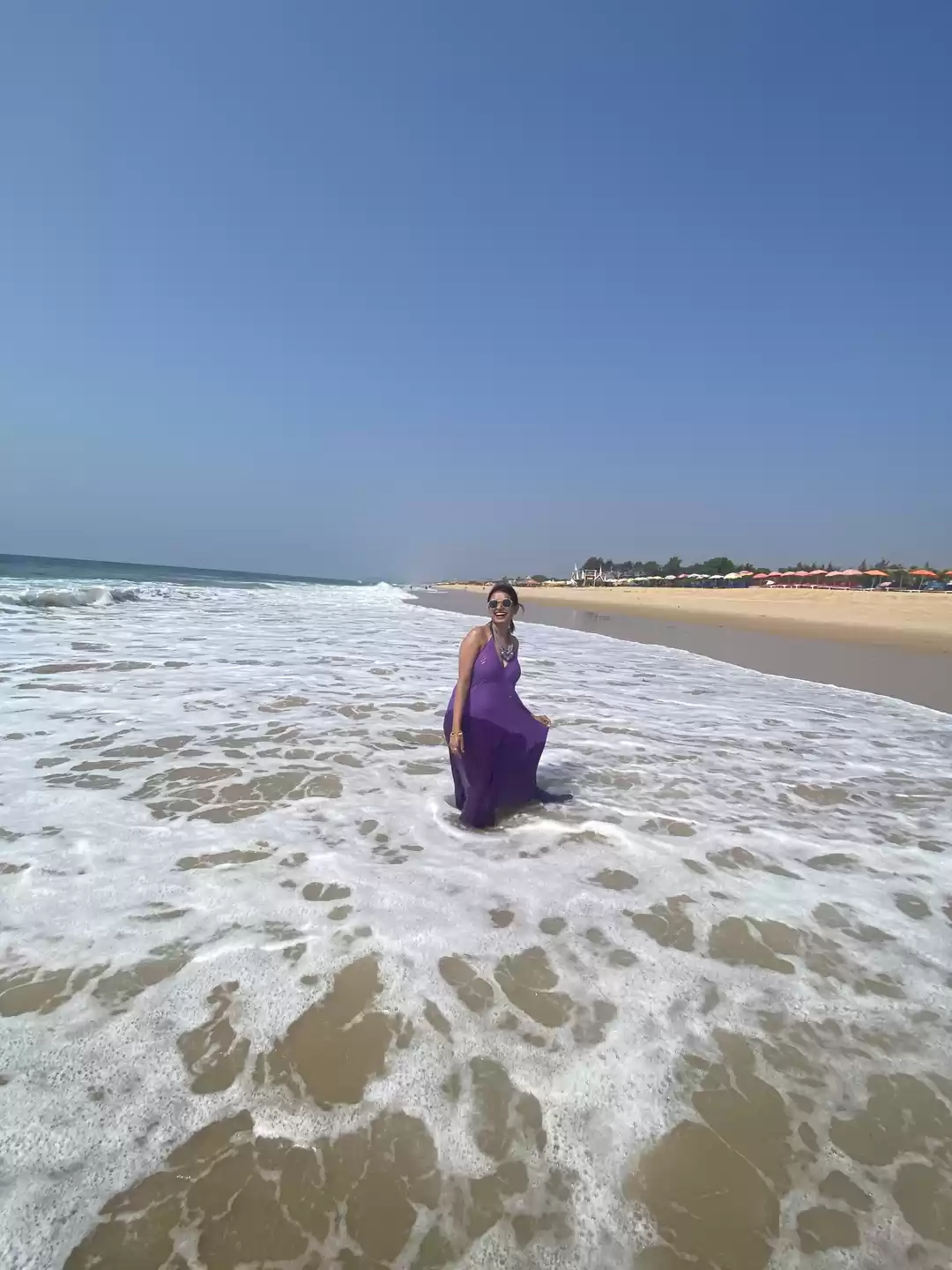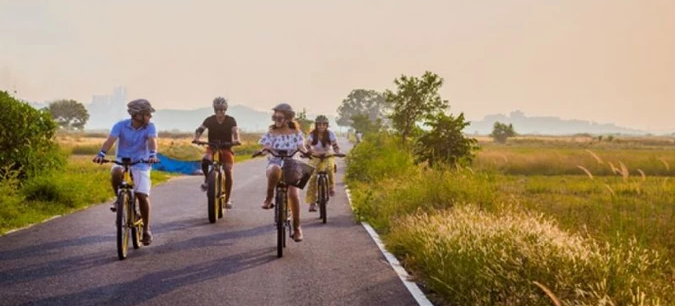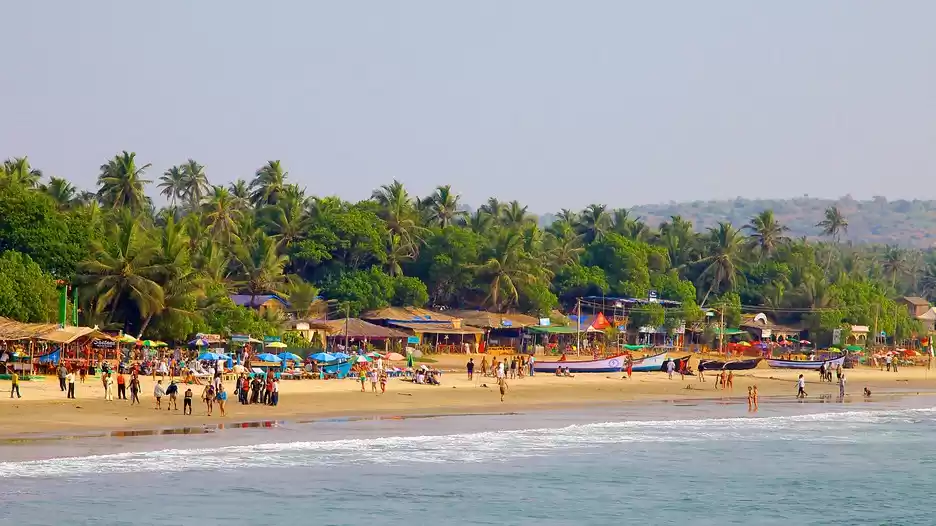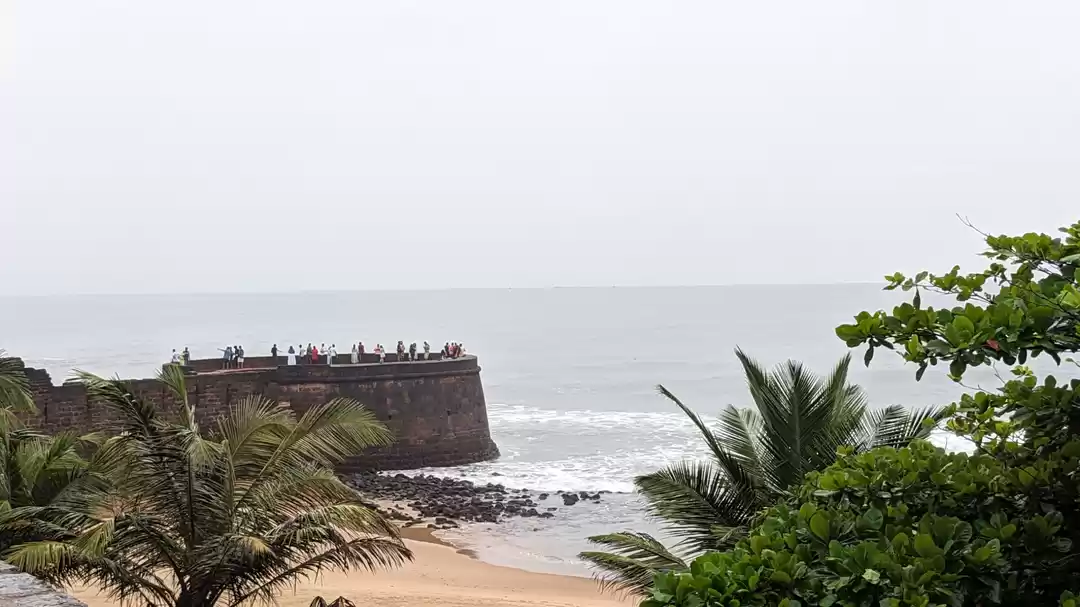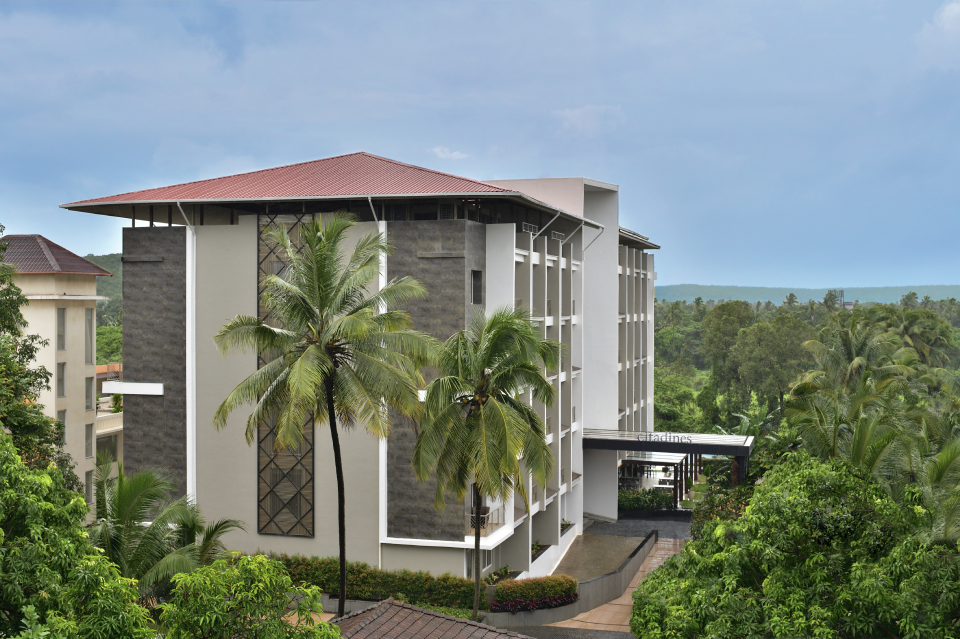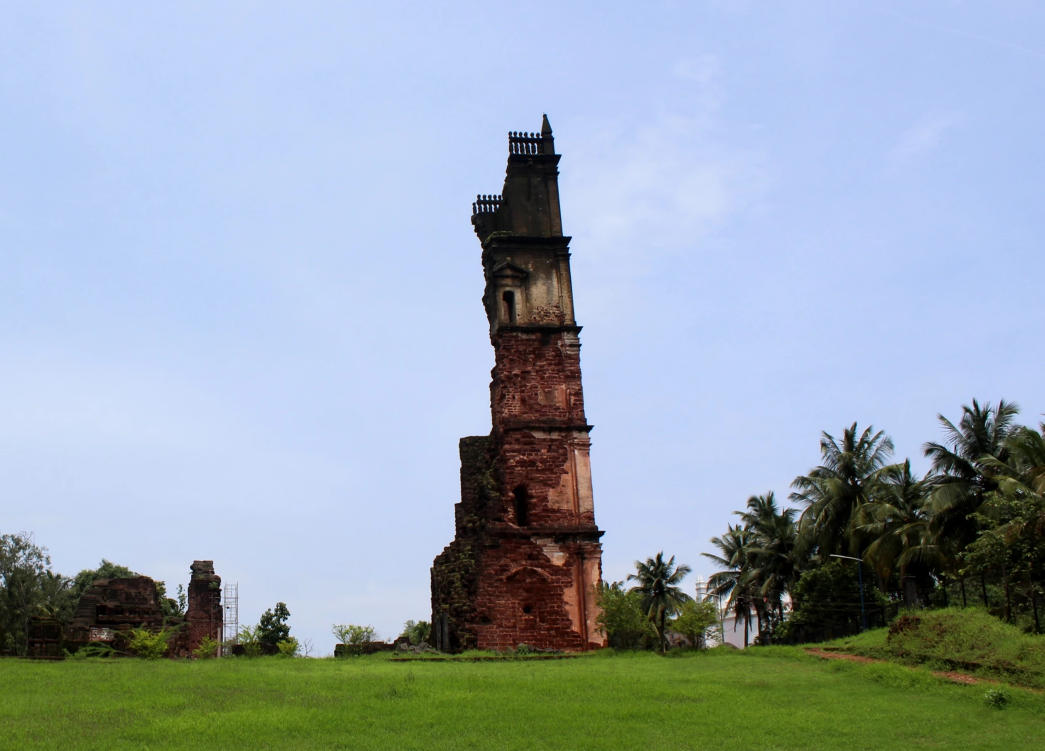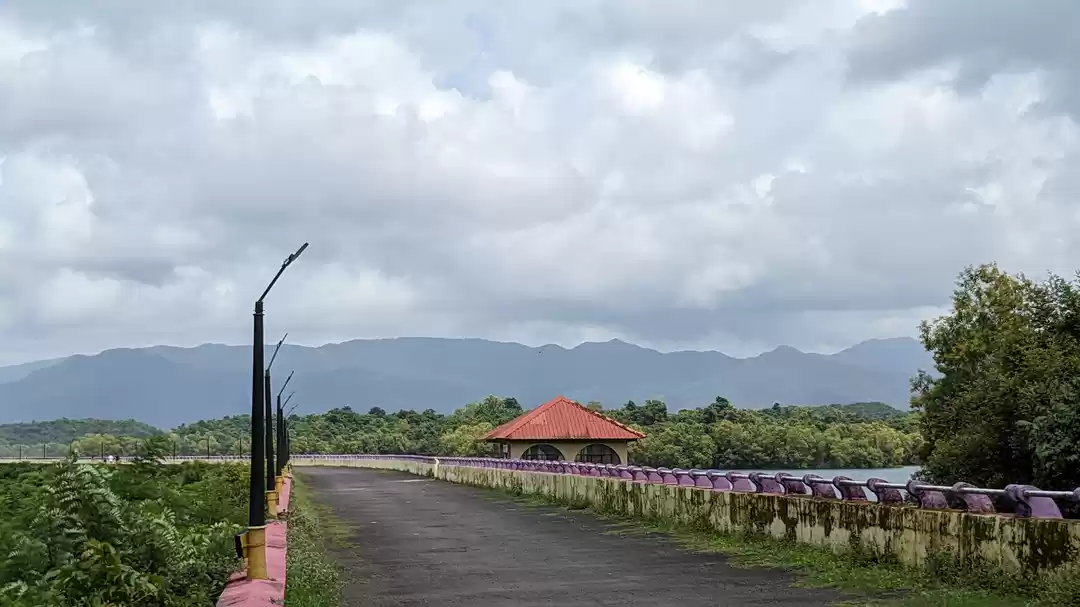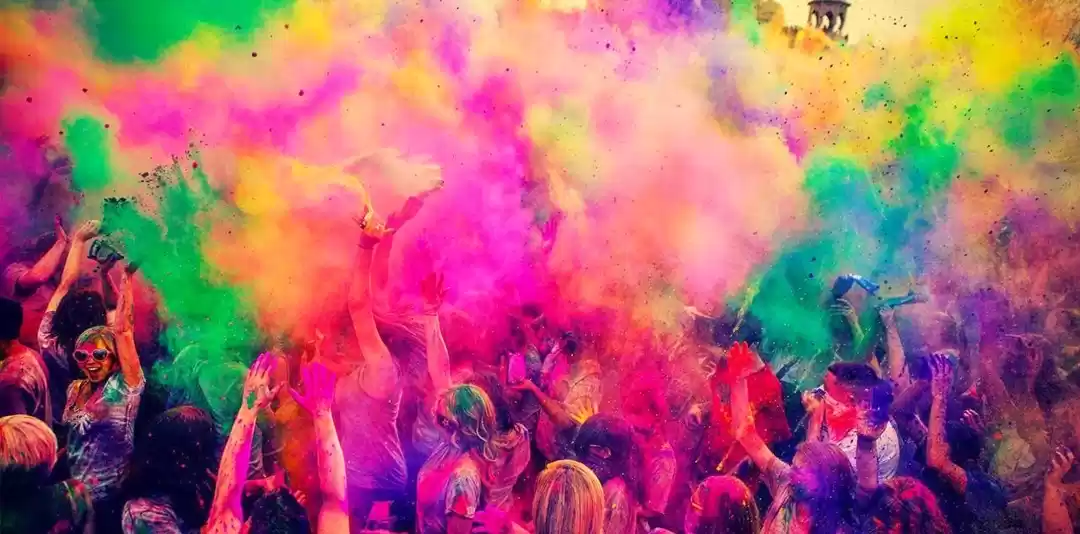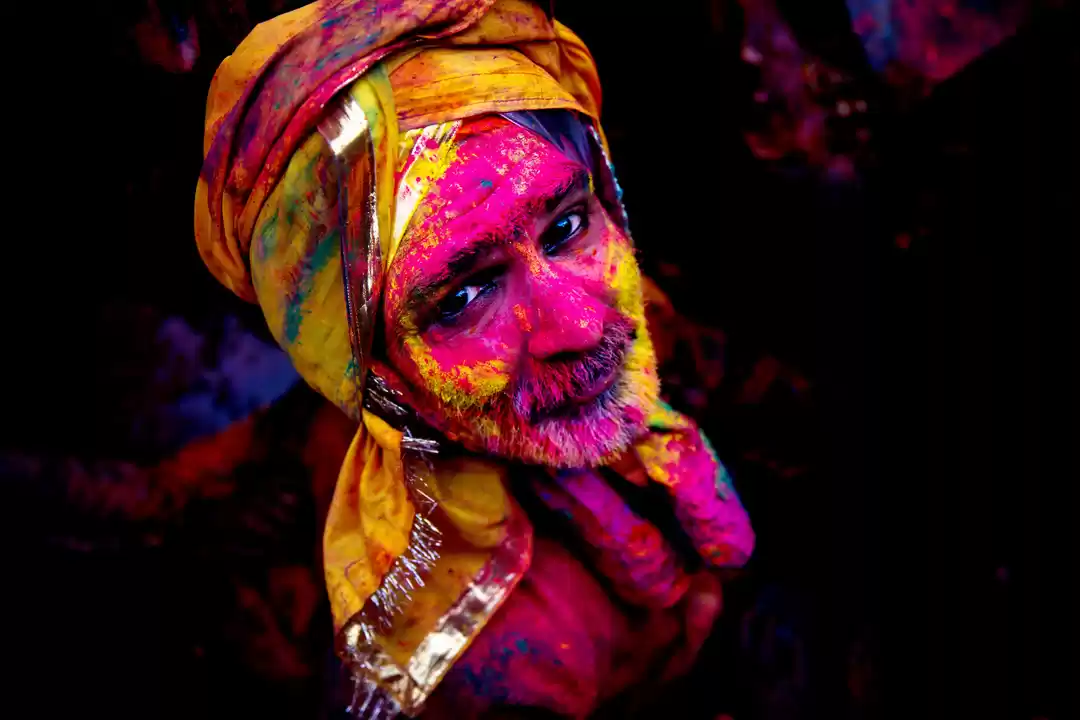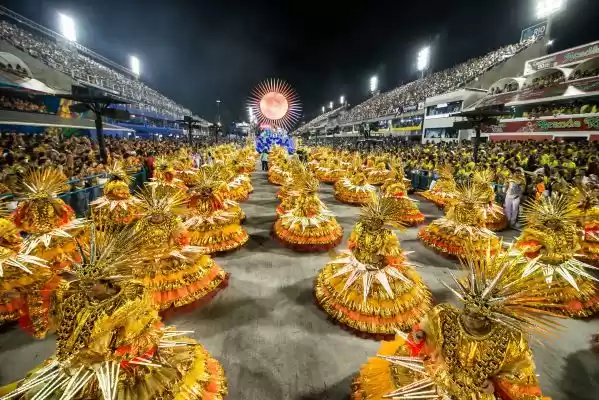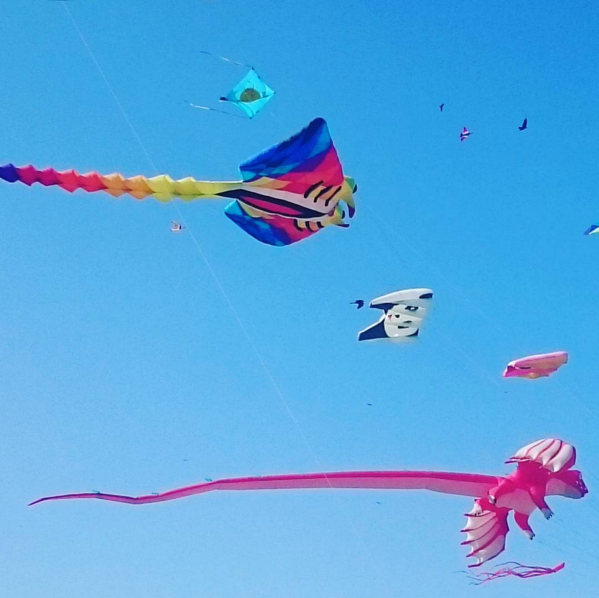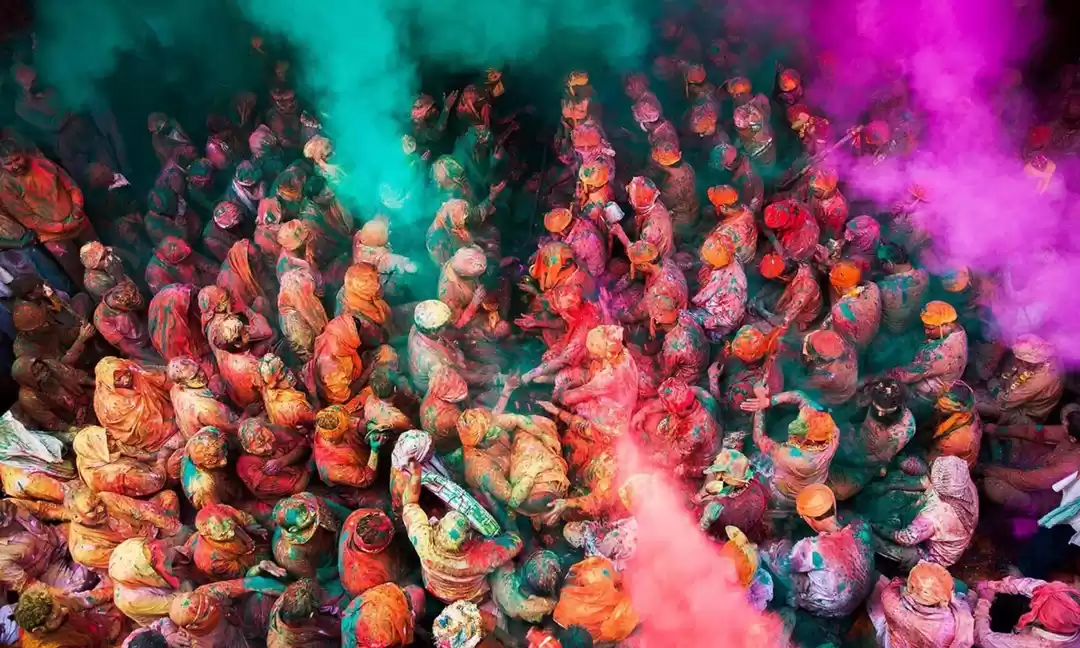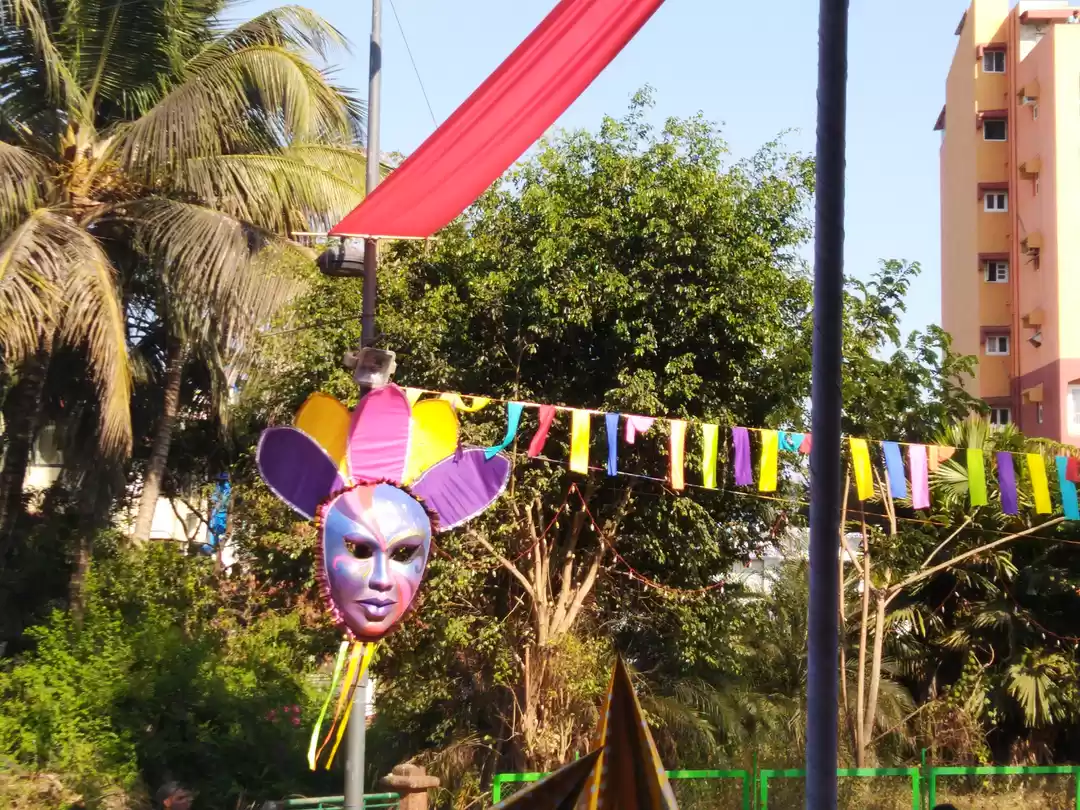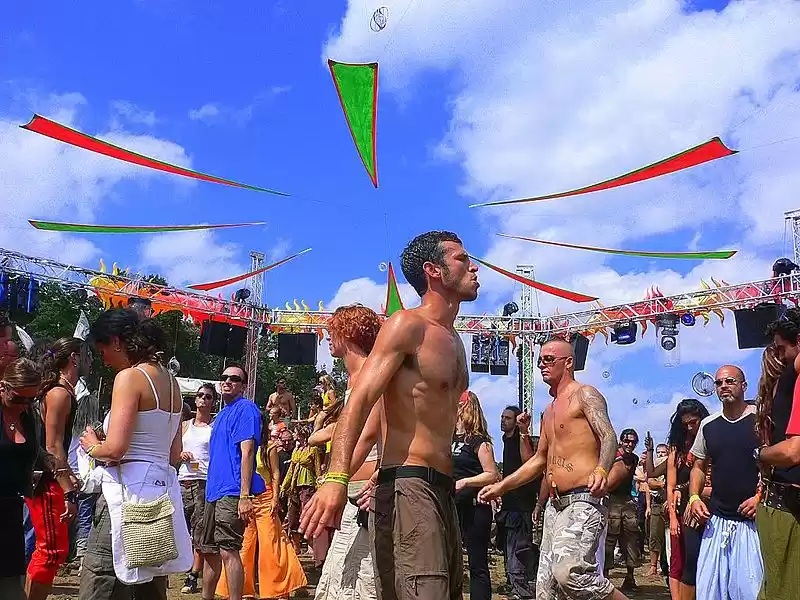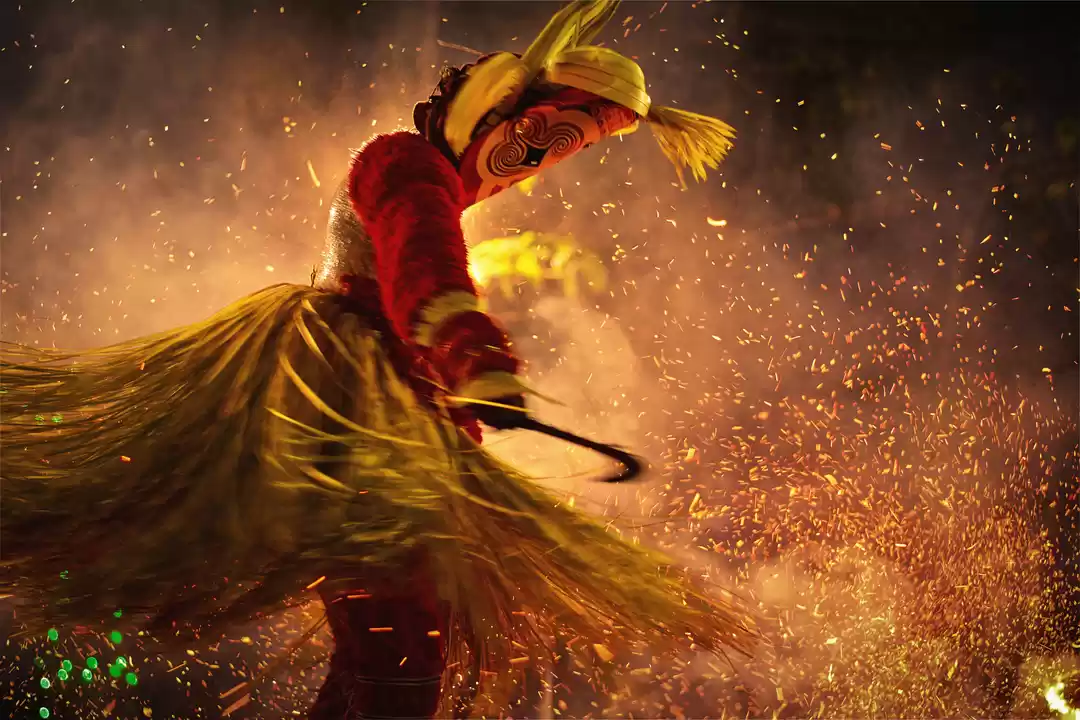A riot of colours, fun and frolic, and fond memories – that is how many many Indians will describe Holi. The way Holi is celebrated everywhere is uniform, a bonfire the night before to get rid of the demoness Holika and the burst of colours and water the next morning.
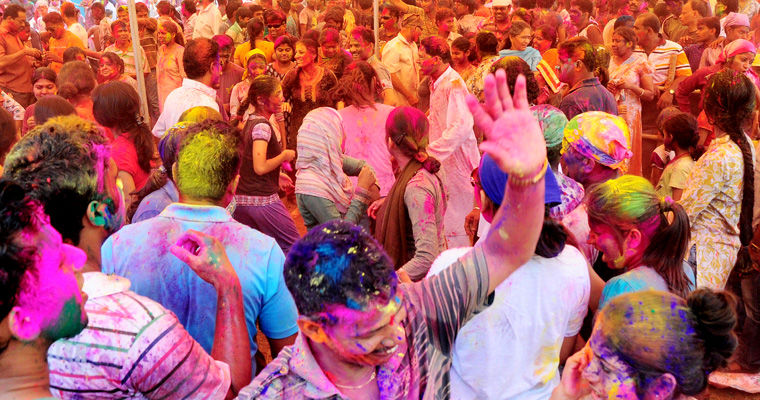
But, what if you were told that’s NOT how Goa celebrates Holi. This festival is Goa’s best-kept secret, with some calling it better than the much advertised carnival.

Shigmo or Shigmotsav, is Goa’s spring festival, or a fortnight long festival which has parades, dance performances, plays, fancy dress competitions and the like. This celebration is organized in different cities every day. Processions are carried out in cities with traditional Goan dances and modern floats. It is celebrated in the month of Falgun as per the Hindu Calendar. This is why the dates are not fixed every year and are announced a few months in advance.
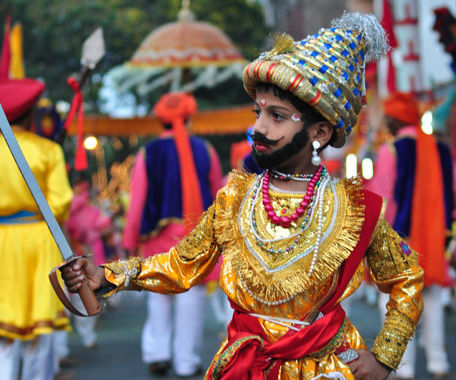
Legend has it that the Shigmo festival started as a way to commemorate soldiers who had gone to fight during Dussera and returned in the spring. The celebrations, dances and performances were said to be a welcoming for the brave soldiers.
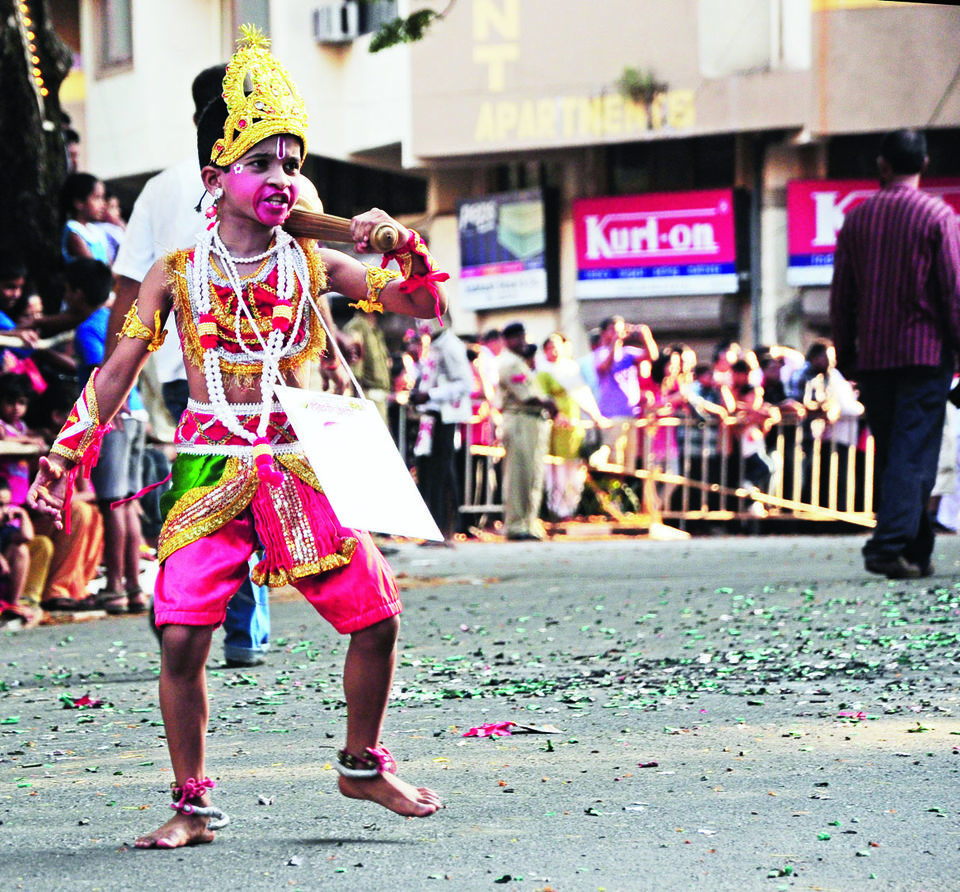
Shigmo is celebrated with as much gusto in villages as it is in the cities. There are two different Shigmo festivals celebrated:
• Dhakto Shigmo:
The name literally means ‘small’ Shigmo. It starts five days before the full moon and ends on full moon day in the month of Falgun. This is mostly celebrated in areas occupied by the Portuguese from the 16th century, which are called older conquests. The villagers wear colourful dresses, gather at a specific determined place and sing songs known as ‘Naman’ in groups. Another type of song is also sung known as ‘Jot’. They perform dances such as Hanpet, Gopha, Talgadi, Lamp Dance, Ghode Modni and Fugdi, etc. These dances are accompanied by frenzied drum beats on the Dhol and Taso

• Vhadlo Shigmo:
This means ‘big’ Shigmo and is celebrated in the regions which were more recently occupied by the Portuguese. It is mostly celebrated in the temples, with worshipping done in different temples every day. On the first day, the deity is bathed and dressed in a bright saffron colour. The festivities usually conclude with a community meal shared by the villagers.

The Goan Shigmo festival begins with the Naman (song) and prayers by the villagers. On the first day, the village deity is bathed and dressed in saffron robes. After the offering of food, a feast is held. The 5th day is called 'Rang Panchami'. This day of rejoicing is celebrated with the profuse use of 'Gulal' or red powder. People smear gulal on each other as a gesture of greeting.

In most of the cities, there is a parade with different floats by the people. Most of the floats are closely tied to Hindu Mythology and stories of different gods. Many troupes perform local dances called Ghode Modni, Goff and Fugdi. Ghode Modni is a dance with horse like movements. The villagers dress up like horses and tell stories of brave warriors who fought for their land. In the Goff dance, women dance with pieces of cloth in such a way that the pieces intertwine and resemble a rope.
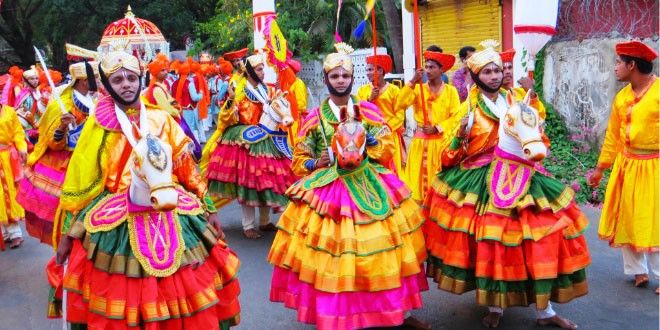
The best part of Shigmo are the different floats in the parade. Each year, the floats are grand and the parade energetic. The tourism department promotes this local display of culture by organizing fancy dress competitions and the like, which spurs greater participation from the people.

Goa is a place you can visit at any point of time. But there’s no better time to go than when the Shigmo is on. This is a fascinating cultural display by the people, especially the people who live in villages. It unites everyone from the state, because when it is Shigmo, everyone participates together.

Here are some great blogs on the Shigmo Festival:
https://lakshmisharath.com/goa-beyond-beaches-the-shigmo-festival/
https://www.inditales.com/shigmo-goa/
The Shigmo Festival is one of the most fascinating displays of India’s diversity, traditions and history. If you haven’t had a chance to visit it, the Shigmo Festival begins this year from March 3rd.






